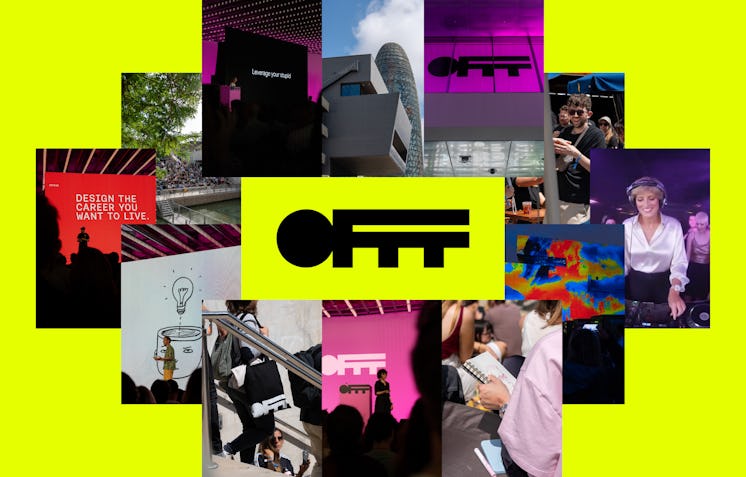Despite having been around for many years, Artificial Intelligence seems to be suddenly causing controversial debates in the media, particularly around security and where its future lies. Our UX/Digital Director, Daniel Wallace has taken a deeper look at the role AI could play in the future of user experience design.
Artificial intelligence (AI) and machine learning (ML) will undoubtedly enhance the basic user experience of software, websites, and mobile apps and reshape how we design and develop user experiences in digital products. It’s clear that, in the not-so-distant future, this technology will be well-positioned to do this job.
Here’s how it could help:
Automation and productivity
UX design can benefit from AI for automating repetitive tasks, such as usability testing, resizing images, conducting data analysis, creating layouts, and generating colour palettes. This allows designers to focus on more complex and creative aspects of design.
For example, Adobe’s Sensei AI can predict customer behaviour based on attributes, differences and conversion factors, reducing the time and effort required for manual data research.
Accessibility
AI has the potential to enhance accessibility in UX design, enabling the creation of more inclusive interfaces for individuals with visual or hearing impairments. By analysing user behaviour, AI can dynamically adapt the interface to meet their specific needs. These transformative technologies aid designers in identifying and addressing accessibility challenges, ultimately enhancing the overall user experience.
Analytics
Digital product designers can use AI and ML to leverage predictive analytics in order to analyse user data and behaviour, foreseeing future user actions, needs, and preferences. This valuable insight can then be utilised to enhance the user experience through the creation of highly relevant and personalised content.
For example, predictive analytics is used on e-commerce websites, where it assists in predicting users’ potential product interests. By examining their search history and browsing behaviour, predictive analytics can anticipate which products a user is likely to be interested in purchasing. This enables e-commerce platforms to optimise their offerings and tailor the user experience to each individual’s preferences.
Personalisation
AI-driven personalisation enables brands and UX designers to increase customer/user engagement and sales and offer custom content, recommendations, and personalised interfaces. This creates a more personalised user experience.
For example, Amazon uses AI to recommend products based on users’ browsing behaviour and purchase history. Similarly, Henkel uses AI in their self-serve customer support portal to provide quick and personalised content via chatbots and knowledge bases.
Testing
AI can help designers and developers test their digital products more efficiently. ML algorithms can provide insights into how users interact with the product interface by analysing user behaviour data. Developers can use AI-powered analysis tools that automatically scan the codebase of a project and identifies potential bugs and vulnerabilities before users encounter them. These tools let designers/developers quickly identify and fix issues and improve the overall user experience.
Conclusion
Advances in artificial intelligence technology will undoubtedly enhance the basic user experience of software, websites and mobile applications and how teams deliver digital products to users. Designers need to adapt and embrace AI as a tool to enhance their workflows and improve efficiency.
A machine will ensure that a product’s UX conforms to standards of behaviour and removes any friction.
However, the key term here is ‘conformity’. You, of course, want your functional user experience to conform to product standards and norms of behaviour.
However, you do not want your product, unique value proposition or marketing creative to conform to your competitors. This needs to be guarded as AI and ML take hold.
Until AI can process strategic thinking at the level of a human, this aspect of the work will always remain outside of AI’s remit.
Use AI and ML technology to assist you in the product development process and to improve the product user experience.
If you’d like to discuss your next project with us, contact us today.



